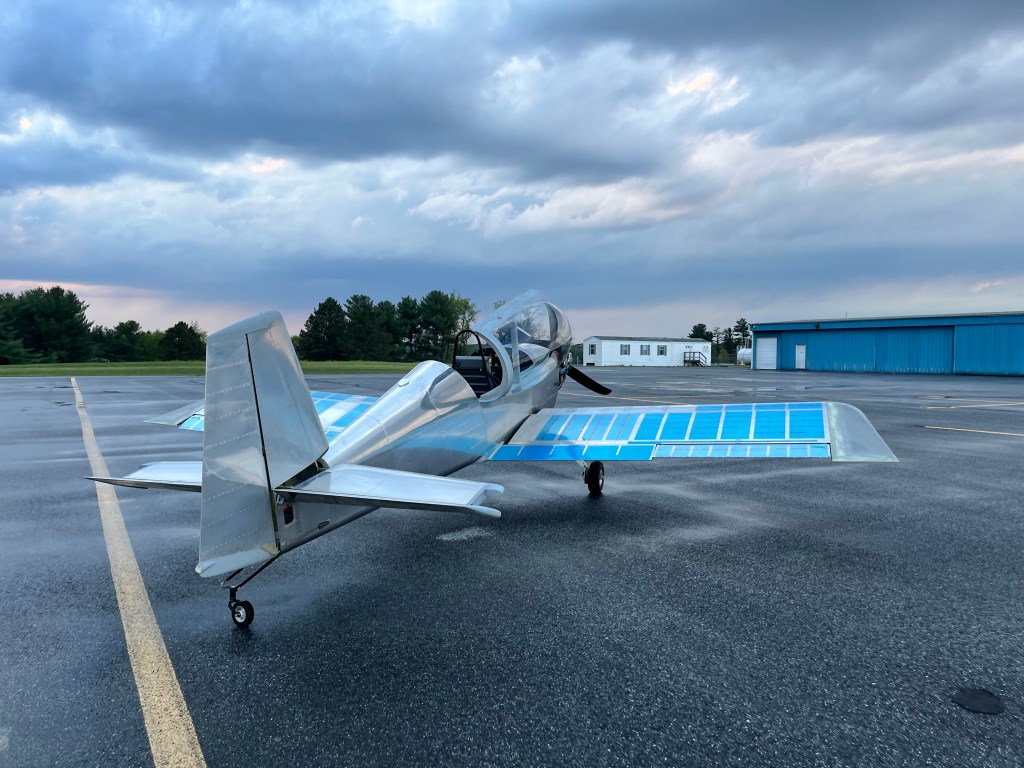Seat belts and wing fairings
Worked on several small projects today. First, I installed my Crow 5 point harnesses. Super easy. AN-5 bolts, castle nuts, and cotter pins. I did a little fitment to get them close to the appropriate fit, but I didn’t trim any excess. I will do that later. I also connected the rear seat push to talk to the stick and made a molex connector for removal. I have stick boots on order from Classic Aero.
I also installed the rubber on the wing fairings. The fairings needed just a little bit of trimming. A little water based lubricant on the fuselage helped get the rubber in place. I also used a little heat to make the rubber more pliable. I’m very happy with the results. I’m going to leave the fairings on until the day before the DAR inspection so that rubber will hold its shape as much as possible. Hopefully that will make reinstallation a bit easier the second time around.
Finally, I removed all of the remaining blue plastic from the aircraft. In the process I had to remove the flaps, which identified I had missing lock washers!! After removing all the blue plastic I used acetone to remove the red writing on the original aluminum. I used some goo-off to get some tape adhesive from various spots. I want to do some more cleaning up… a little buffing some areas where a little corrosion has built up. Just general cleanup.














